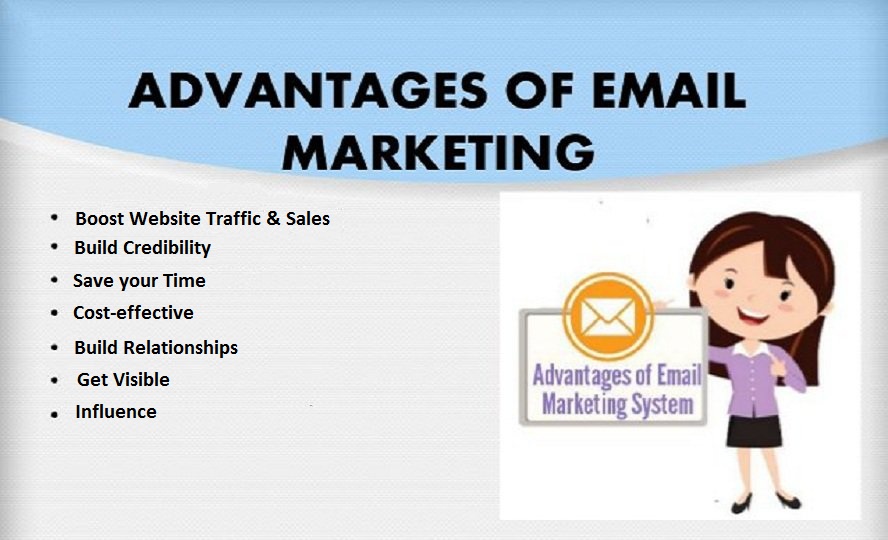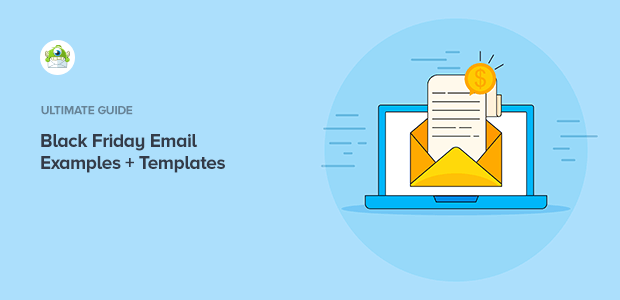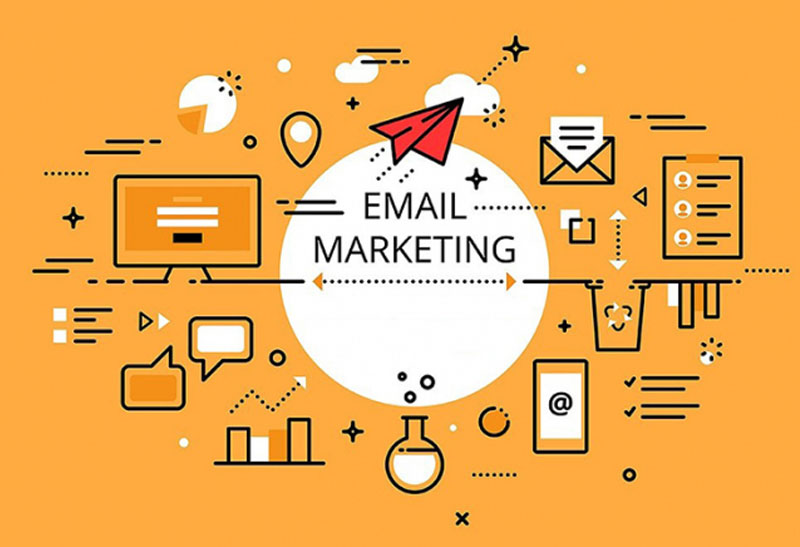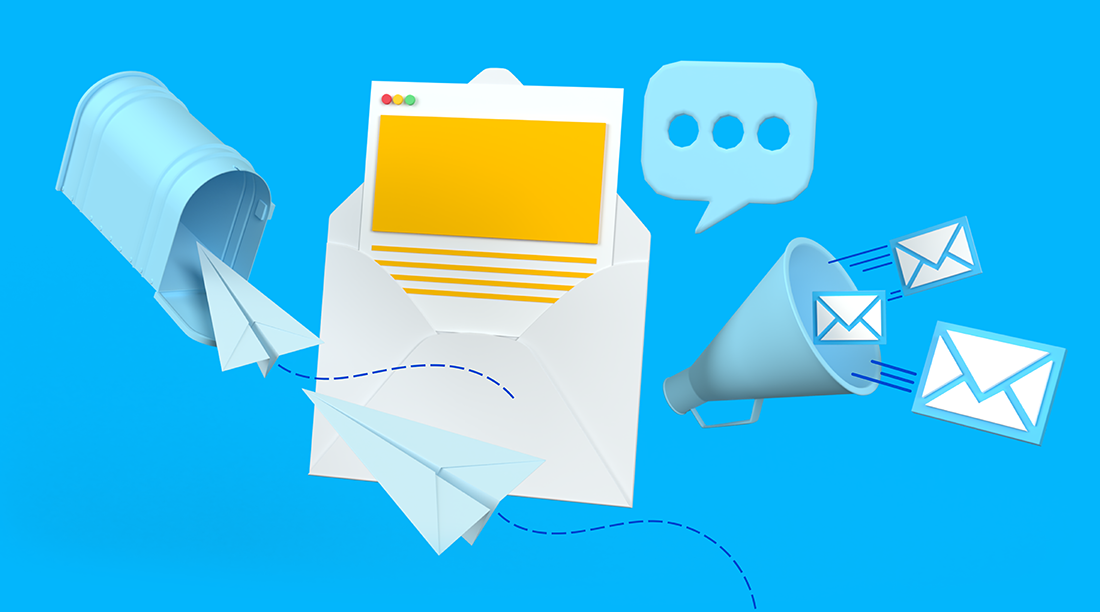SoulMatcher: A New Standard Among Popular Dating Apps in Mexico

In recent years, the demand for more thoughtful and results-driven dating platforms has been growing steadily, and SoulMatcher is stepping up to meet that demand. As one of the most promising entrants among the popular dating apps in Mexico, SoulMatcher offers a refreshing alternative to superficial swiping and endless messaging. It is designed for people who are ready for serious, emotionally intelligent relationships, using unique technology to forecast long-term compatibility.
While many users turn to popular dating apps in Mexico for casual chats or short-term fun, SoulMatcher caters to singles who know what they want — real connection. What sets it apart is its proprietary relationship forecasting tool, which uses behavioral and emotional data to match users based on deep compatibility factors. It’s an experience that feels more personal, more curated, and far more meaningful than the fast-paced algorithms of standard apps.
Whether you're navigating love in Mexico City, Monterrey, or Guadalajara, SoulMatcher provides a premium space where professionals, creatives, and goal-oriented individuals can connect with intention. Its clean interface, security-focused design, and intelligent matching features create a user journey that’s elevated and stress-free. It doesn’t just aim to be another name on the list of popular dating apps in Mexico — it aims to redefine what “popular” should mean in this space.
To see how it differs from the usual platforms, visit soulmatcher.app/mexico. If you’ve outgrown casual encounters and seek a modern dating app that respects your time, emotions, and goals, SoulMatcher is built for you. As it gains traction across the country, it’s quickly earning its place as one of the most trusted and respected popular dating apps in Mexico for those who value meaningful love over meaningless matches.
Related Coverage
You Might Also Like
Continue Reading
Read Next








